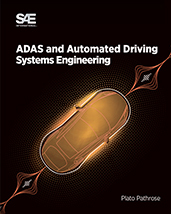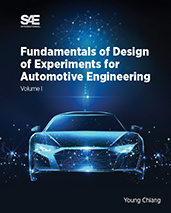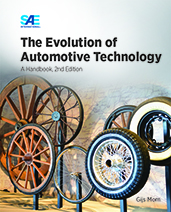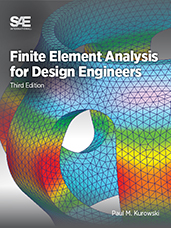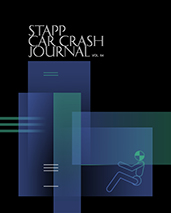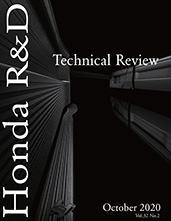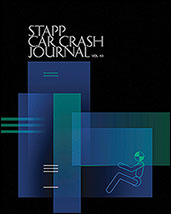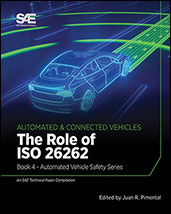Book

Green Mobility and the Environment: A Dialogue among Researchers
2024-03-08
Embark on a transformative journey with Professor Felice E. Corcione's groundbreaking book, where environmental consciousness meets cutting-edge technology in mobility. Delving deep into the intricate relationship between mobility and the environment, Corcione offers insightful analyses of pollutants and lays the groundwork for sustainable practices. At the heart of Corcione's narrative lies the transformative potential of hydrogen, drawing inspiration from celestial phenomena and scientific innovation. With a focus on hydrogen's energy density and versatile applications in fuel cells, Corcione presents innovative solutions for sustainable transportation without compromising performance. Join Corcione and colleagues as they discuss pressing environmental challenges and chart a course towards a greener future. This book is more than just a read—it's a call to action to embrace "green mobility" and contribute to a sustainable future.
